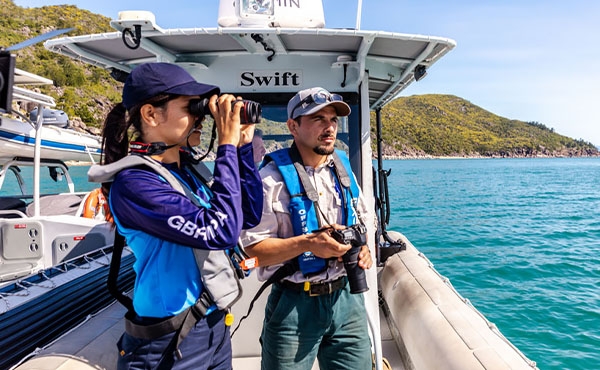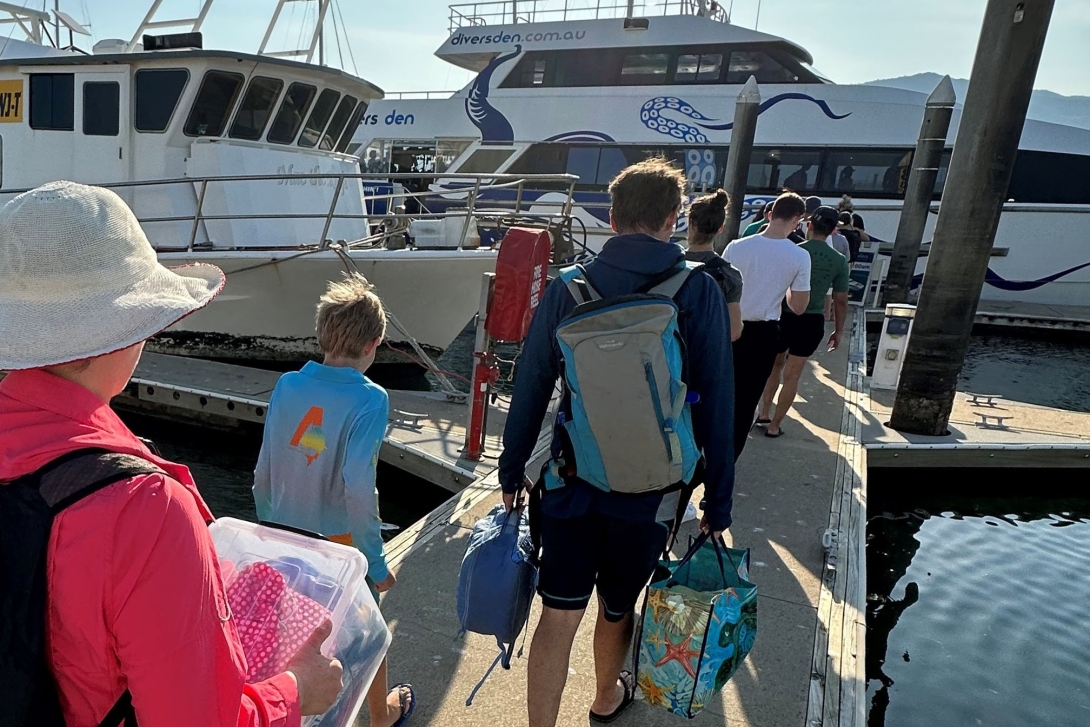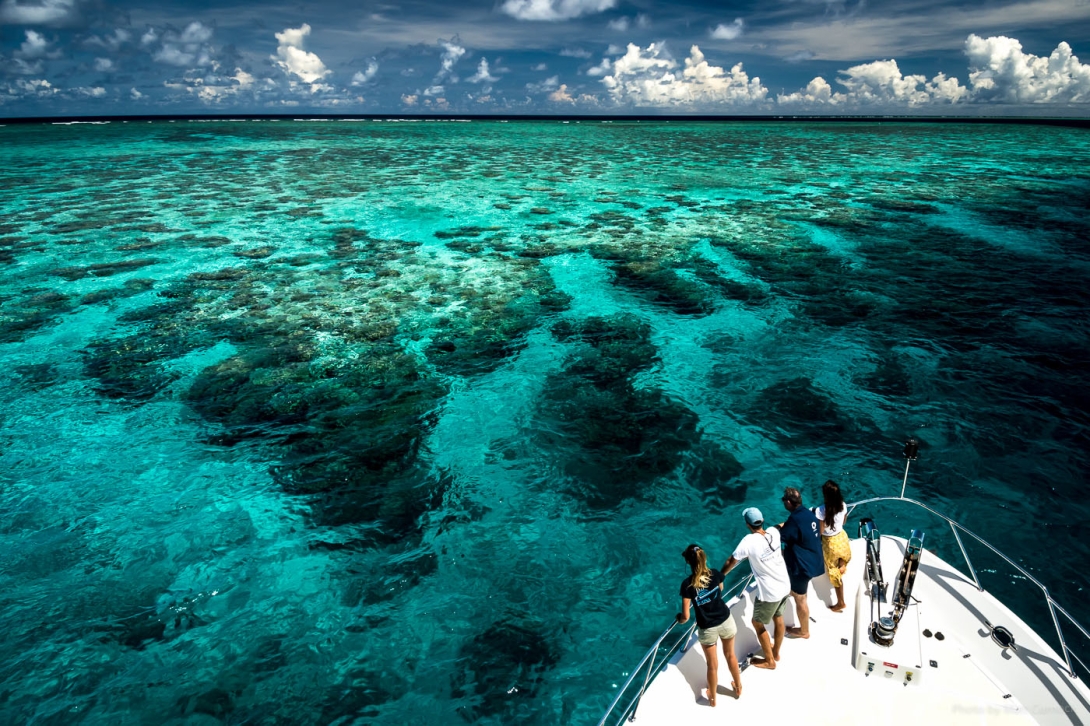The commercial marine tourism industry is a key partner in Reef management. Stakeholder engagement 1968 in planning and governance incorporates mainly informing (for example, through targeted education and stewardship programs), consulting (for example, through Local Marine Advisory Committees) and involving (for example, through Reef Guardians and the High Standard Tourism Program). There are now more than 120 Master Reef Guides, who deliver up-to-date scientific and management information about the Reef and its values to domestic and international visitors. High Standard Tourism Operators voluntarily operate to a higher standard than is required by legislation and are independently certified and monitored. These operators ensure an ecologically sustainable and high-quality experience for visitors. The number of High Standard Tourism Operators has increased from 19 in 2004, to 69 in 2017, and 72 in 2023.
Programs such as Eye on the Reef and Master Reef Guides allow operators to build capacity within their staff while providing an assessment of the reefs they visit. The Eye on the Reef program enables anyone who visits the Reef to collect information about reef health, marine animals and incidents. The program has seen increases in the number of reef health surveys conducted by tourism staff and by visitors (through a product offered on trips) and received by the Reef Authority. Additionally, some commercial marine tourism operators undertake in-water actions such as reef restoration, crown-of-thorns starfish and Drupella control, sightings, compliance reports and the presentation of World Heritage values to domestic and international visitors. These partnerships offer opportunities for interactions that build understanding of the Reef’s values.
Commercial marine tourism was heavily impacted during the COVID-19 pandemic as the industry experienced a decrease in visitor numbers, shortages in skilled staff and increased operational costs. Annual visitation decreased about 41 per cent from the average of the previous seven years, and although numbers are increasing (47 per cent from 2020 to 2022), it is expected to take several years before a return to pre-pandemic numbers. As a result, the Australian Government contributed significant funds to support the industry through the Tourism Industry Activation and Reef Protection Initiative (2021–2023). The subsequent Tourism Reef Protection Initiative builds on existing programs to engage marine tourism operators to June 2024, with 26 operators selected to deliver these services. In 2023, the industry continues to experience difficulties in attracting, training and retaining staff, due to issues such as a shortage of available housing for staff.




